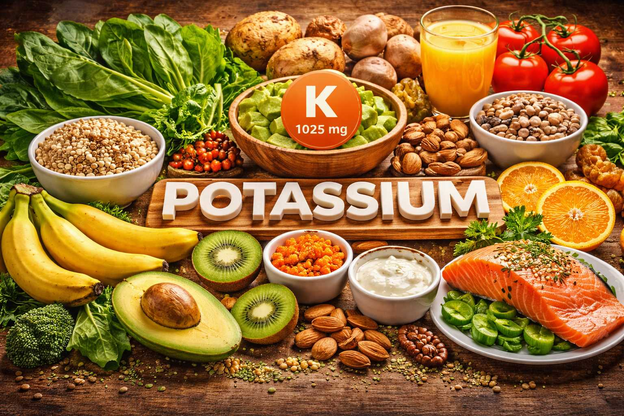Whether you have a busy lifestyle or you prefer to do things the easy way, you’ve probably got quite a few shortcuts for getting things done. If you’re looking for more easy ways to manage all of life’s responsibilities, try doing the following things online instead of in person.
1. Earn your CEUs online
In many industries, continuing education credits, or CEUs, can be earned online on a schedule that works best for you. There are some exceptions for CEUs that require hands-on training, but for the most part, many industries now offer courses online to help people earn credits more easily. For example, respiratory therapists can take both pre-recorded and live courses online to satisfy their yearly CEU requirements, and so can many professionals in the IT field.
It's easier to make online courses work with a busy schedule because they are usually run at set intervals throughout the day, all week long. Since online courses require fewer resources, there are more times and dates to choose from, making online learning your most flexible option.
2. Take college courses online
In addition to the convenience of never having to leave your house to go to school, and being able to take classes in your pajamas, there are some hidden benefits to online college courses. For example, some teachers say that online instruction makes interactions richer. When using a platform like Zoom, for example, students will flood the chat box with ideas and insights, which enriches the teaching.
Online courses are also an excellent choice if you don’t like to participate in person. Many people find it easier to participate during online courses through text-based chats and messages.
Perhaps one of the most valuable, yet underrated benefits of online college courses is how easy it is for instructors to invite non-local guests. Without the internet, a guest would need to be flown out for just a few hours, and it would depend on the school’s budget and that guest’s availability. With online courses, guests can pop in for a brief time to give a speech, answer questions, and go back to their day. This makes it easier for schools to bring on important guests who wouldn’t otherwise be attainable.
3. Attend virtual events
Virtual events are gaining popularity because not everyone has the time or money to attend in person. These days, even concerts are streamed online. If there’s an event you can’t imagine missing, but you can’t make it work, see if it’s being streamed online. It’s not the same thing as being there firsthand, but if you don’t have a choice, it’s an excellent option.
4. Research online
Before the internet made everything available with a quick search, you had to go to the public library to perform any kind of research, and it wasn’t easy. Using the Dewey Decimal System to find books, drag them out, and thumb through the pages hoping you’d find what you were looking for was a pain.
Now, you can use the internet to find just about anything. Whether you’re researching for a hobby, a school paper, a professional dissertation, or you’re looking for published scientific studies, researching online is easier than trying to find what you need at the local library.
However, there are some exceptions. For instance, if you’re looking for archived media, like videos or old newspaper articles that only exist on microfilm, or documents that need to be viewed in person, the internet won’t be much help. Sometimes newspaper archives will provide a list of what’s available, but you’ll need to go to a location in person to view them.
5. Use bill pay to write checks
Bill pay has been around for quite a long time, but some people don’t realize how it works. If there are businesses you regularly write checks to, you can set up bill pay to write and mail them a check automatically on the date you specify. Almost all financial institutions offer this service, including credit unions.
6. Buy groceries online
You may have already tried online grocery delivery at least once, but if you haven’t, it’s time to give it a try. Even if you don’t trust other people to pick out ripe tomatoes or other vegetables, it’s worth getting everything else delivered to your house for a small fee. Besides, you’ll spend less time in the store when you go shopping.
The internet is the best shortcut to life’s responsibilities
The internet has made life more convenient; now you can do just about everything online that used to require an in-person presence. Whether it’s attending a virtual event, taking an online course, or scheduling automatic payments, the internet makes life easy.




















